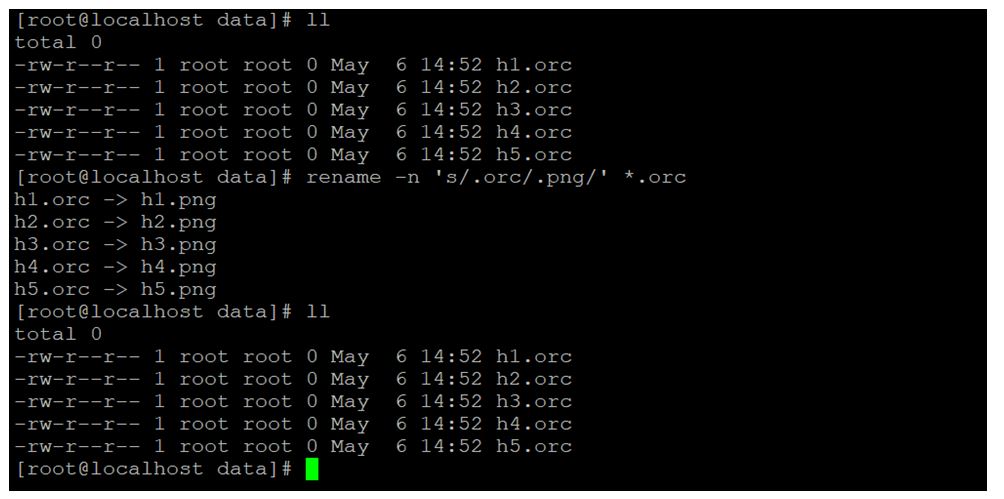

- Command line find file mp4#
- Command line find file for windows 10#
- Command line find file windows 10#
- Command line find file windows#
It will launch the file instantly.īy following the above method, you can easily search and open a file using the command prompt as it is a quick way of accessing any file as compared to windows file explorer. Enter the file name of the file and press Enter. After the path matches with the one in the search result. In a command prompt window, type cd followed by the path of the file that you wish to open. It will list file names starting with the name screenshot3 along with its directory.Īfter you find the file you want to open, you can launch it without navigating through windows file explorer.
Command line find file windows 10#
Type cmd in the search bar of your Windows 10 computer.
Command line find file for windows 10#
This guide works for Windows 10 and Windows 11. Using Command Prompt, you can find things quickly and open the files directly. Command Prompt is the fastest way to get things done. There is a faster way to accomplish the same thing: the Command Prompt. $ find /home/vivek/ /tmp/ -name "*.Finding and opening files via Windows Explorer is easy, but it takes a bit longer.
Command line find file mp4#
To find and report all mp4 files starting at the /home/vivek/ and /tmp/ directory, enter: It is used to search for a specific text string in a file or files. To find and report all mp4 files starting at the /home/vivek/ directory, enter: computing, find is a command command-line interpreters (shells) operating systems. $ find $HOME -name "toms-first-birthday.mp4" -print To find and report toms-first-birthday.mp4 file in your HONE directory, enter: -ls : List current file in ls -dils format on screen.-exec cmd + : Run command cmd on a file.-print : Show pathnames of matching files.

You can specify the following actions when file found: The default action is to display the file name when criteria is matched. If you want only a number as your result, use this command: type C:\Users\Martin\Desktop\sample. In this case, we will replace the pathname with that of the sample.txt file. Remember to add a space between all your switches. If you want to search for symbolic links when -L is in effect, use -xtype. If you want to know how many lines there are in a file, you can use the search command below. l : symbolic link this is never true if the -L option or the -follow option is in effect, unless the symbolic link is broken.-group groupName – The file’s group owner is groupName.Using find is simple, all you need to do is provide a starting point (top of the directory heirarchy) where the search beings. -user userName – The file’s owner is userName Find Command find command is a powerful, widely used CLI tool for searching and locating files whose names match simple patterns, in a directory hierarchy.The pattern `*foo*` will also match a file called ‘.foobar’. For example, the patterns `fo*’ and `F?’ match the file names `Foo’, `FOO’, `foo’, `fOo’, etc. -iname file-name – Like -name, but the match is case insensitive.-name file-name – Search for given file-name.

The filename is usually specified by the -name option. The find command will begin looking in the /dir/to/search/ and proceed to search through all accessible subdirectories. Find /search/directory/ -name "matching file search criteria" -actionsįind /dir/to/search -name "pattern" -printįind /dir/to/search -name "file-to-search" -printįind /dir/to/search -name "file-to-search" -print


 0 kommentar(er)
0 kommentar(er)
